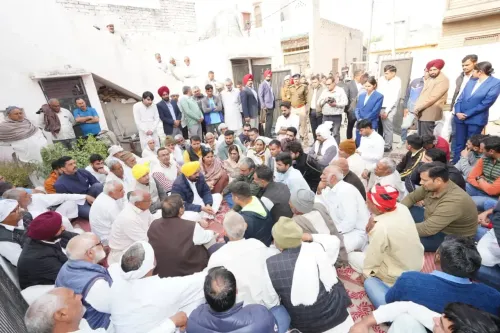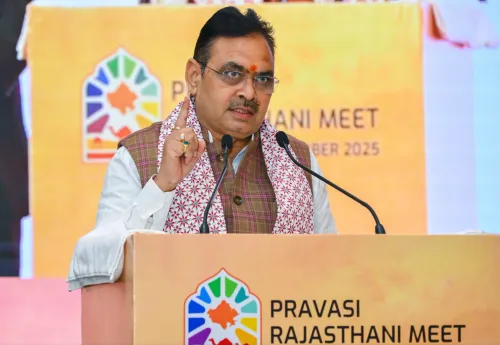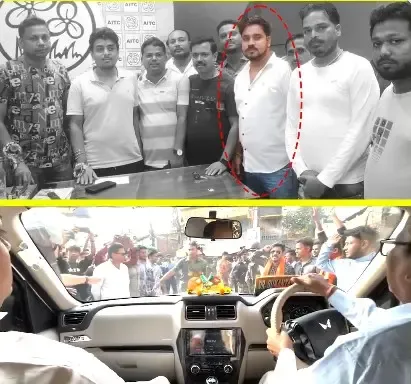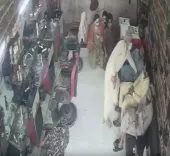Can the Judiciary Solve Delhi-NCR's Pollution Crisis?
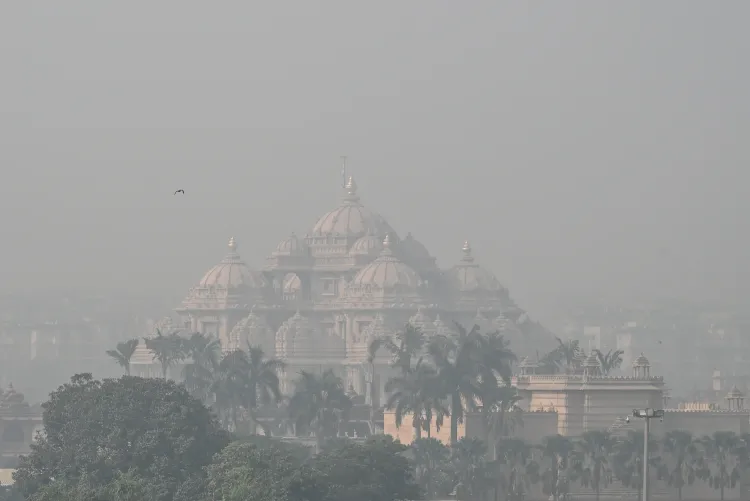
Synopsis
Key Takeaways
- Judiciary limitations in solving pollution issues.
- Need for expert assessments to tackle air quality.
- Continuous monitoring of pollution levels is essential.
- Personal health impacts highlighted by judicial members.
- Children's vulnerability necessitates urgent action.
New Delhi, Nov 27 (NationPress) The Supreme Court expressed on Thursday that it cannot be relied upon to offer instantaneous remedies to the perilous air quality in Delhi-NCR.
During the discussion, senior advocate Aparajita Singh, serving as amicus curiae for the court, brought up the Public Interest Litigation (PIL) related to air-pollution management in the capital. Chief Justice of India (CJI) Surya Kant questioned: “What sort of magic wand can a judicial body wield? This air quality is alarming for Delhi-NCR. What directives can we issue for immediate clean air?”
While acknowledging the dire circumstances, CJI Kant warned against the misconception that the court’s orders alone could instantaneously improve air quality. He agreed to schedule the long-standing MC Mehta case for December 1.
Recognizing the amicus’ comments about the “disturbing situation” in Delhi-NCR, CJI Kant pointed out that the causes behind the capital’s air pollution are multifaceted.
“We are all aware of the issue. We must pinpoint all the factors. Thinking there is a single cause would be erroneous,” he stated, emphasizing that “only experts and scientists” can provide a thorough analysis of pollution sources and tailor-made solutions.
Furthermore, CJI Kant highlighted the recurrent nature of severe pollution during the winter months. “This issue is only brought up ceremonially during the Diwali period. After winter, it vanishes. We need consistent monitoring,” he stated, assuring that the Supreme Court would take up this issue “on an ongoing basis.”
“Let’s plan for this on Monday (December 1), and evaluate what actions we can take,” he added.
Earlier this month, the Supreme Court had requested the Commission for Air Quality Management (CAQM) to contemplate delaying school sports events scheduled for November and December, noting that “children are particularly vulnerable.”
In a separate hearing on Wednesday, CJI Kant shared his personal struggle to complete his morning walk due to the poor air quality.
“Walking is my only form of exercise. Even that has become challenging. I walked for 55 minutes yesterday and faced issues until morning,”
he commented in response to another advocate’s plea for exemption from physical court appearances due to the air quality.
Senior advocate Kapil Sibal additionally informed the court that he had completely stopped his walks. “Breathing this toxic air… at our age…,” Sibal remarked, observing that the Air Quality Index (AQI) remains alarmingly high even during the evenings.
The dangerous conditions led Justice P.S. Narasimha to previously suggest that lawyers consider virtual appearances to avoid “lasting harm” from the prevailing pollution.
“This situation is extremely dire! Why are you all here in person?” Justice Narasimha urged, encouraging advocates to utilize the virtual hearing option.


